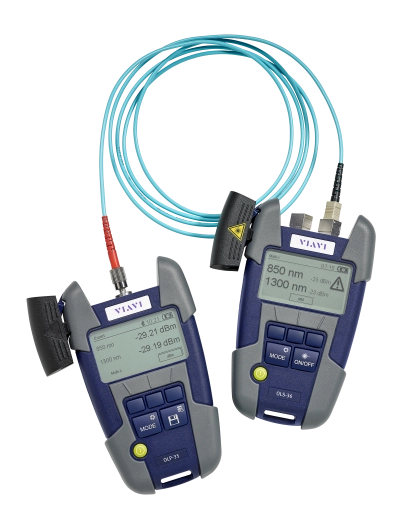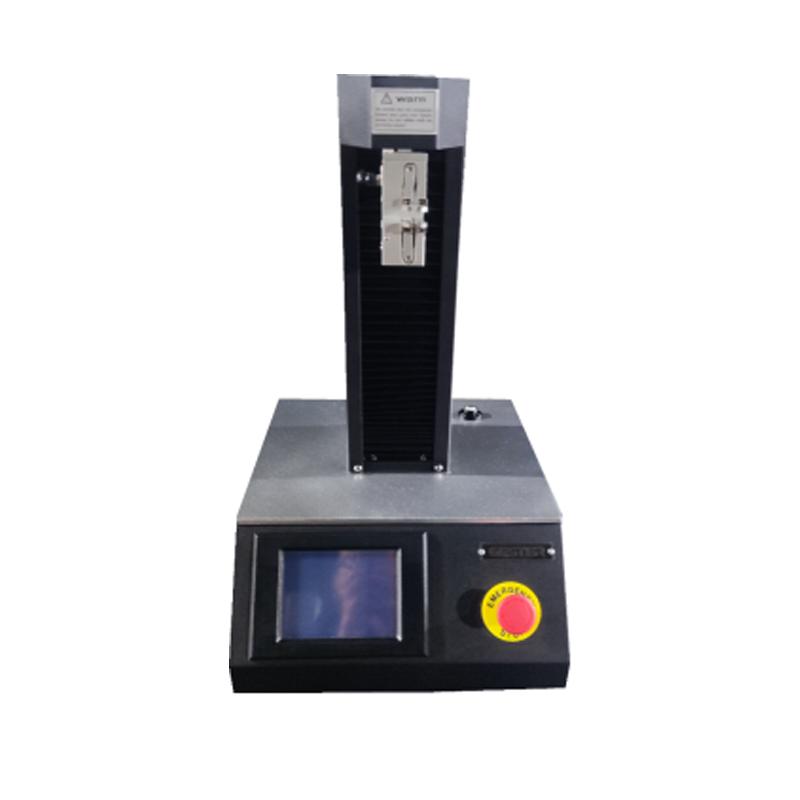All You Need to Understand About Robotic Vision and Its Applications in Advanced Optical Dimension Solutions
Robotic vision stands for a significant improvement in the crossway of computer vision, expert system, and device learning. This innovation improves the precision of optical dimension systems, allowing real-time information analysis and boosted quality control. Its effect extends several sectors, from producing to medical care. The advancing landscape of robot vision increases questions concerning future abilities and applications. What innovations exist in advance in this transformative field?
Comprehending Robotic Vision: Key Concepts and Technologies
Robotic vision incorporates the modern technologies and methods that enable makers to analyze and understand visual details from their setting. This field combines components of computer vision, synthetic intelligence, and equipment knowing to help with computerized decision-making based upon visual data. Trick ideas include photo processing, which entails the improvement and evaluation of pictures to extract significant attributes, and item recognition, which allows machines to determine and identify things within a scene.

The Assimilation of Robotic Vision With Optical Measurement Systems
As industries increasingly require accuracy and efficiency, the combination of robotic vision with optical measurement systems has actually become a transformative strategy. This harmony allows robots to regard and interpret their surroundings, improving the capacity of optical dimension systems to evaluate and examine things with exceptional precision. By outfitting optical sensors with advanced imaging technologies, robotic vision enables real-time data collection and handling, facilitating prompt changes to measurement parameters.
Moreover, the mix empowers automated systems to identify variations in dimensions, surface area high quality, and alignment, which are critical in top quality control procedures. Enhanced algorithms, such as artificial intelligence, further enhance this integration by boosting the systems' ability to adapt to various environments and circumstances. As a result, the integration not only improves measurement processes but likewise decreases mistakes, making sure that products meet rigid industry criteria, thus solidifying the duty of robotic vision in the future of optical dimension systems.
Applications of Robotic Vision in Production
In contemporary manufacturing atmospheres, using vision systems has revolutionized production processes by enabling machines to execute tasks with impressive accuracy and rate. Robotic vision systems are significantly employed for quality assurance, where they examine products for flaws and guarantee adherence to specifications. These systems make use of electronic cameras and progressed formulas to examine products in real-time, substantially decreasing the danger of human error.
In addition, robotic vision facilitates automation in assembly lines, enabling robots to properly determine parts and assemble them with minimal downtime. This technology additionally boosts inventory management, as vision systems can keep track of stock levels and find discrepancies, guaranteeing a seamless supply chain.
Moreover, robot vision help in the application of clever manufacturing facilities, where information from vision systems can be integrated with other modern technologies to enhance operations. On the whole, the applications of robot vision in making show its critical role in enhancing efficiency, quality, and efficiency throughout numerous fields
Robotic Vision in Health Care: Changing Individual Treatment

In recovery, robot vision aids in monitoring client progression and tailoring therapy sessions to individual demands. It sustains physician by automating jobs such as data collection and patient surveillance, enabling more time to concentrate on direct individual communication. Furthermore, robot vision boosts telemedicine by making it possible for remote diagnosis and online assessments, connecting the space in between patients and doctor. Generally, the application of robot vision in medical care is revolutionizing patient treatment, resulting in boosted outcomes, performance, and patient fulfillment.
Future Fads and Growths in Robotic Vision Technology
The rapid advancement of robot vision modern technology guarantees to even more boost its applications across various industries, including healthcare. Future trends show a significant change in the direction of including synthetic intelligence and artificial intelligence, enabling systems to gain from vast a fantastic read datasets and boost precision in time. Boosted sensor modern technologies and deep knowing algorithms are expected to improve object recognition capabilities, permitting robots to interpret complex atmospheres better.

Additionally, the combination of enhanced fact (AR) with robot vision will likely revolutionize exactly how robots aid in surgical treatments and diagnostics. This harmony will facilitate real-time information visualization, improving decision-making procedures. Additionally, miniaturization of components will certainly result in more small and versatile robotic vision systems suitable for a range of tasks. As these innovations unfold, markets will certainly witness increased automation and performance, strengthening robotic vision as a cornerstone of cutting-edge technological solutions.
Often Asked Concerns
What Are the Key Components of a Robot Vision System?
The main elements of a robot vision system consist of cameras for image capture, cpus for data evaluation, algorithms for interpretation, and actuators for motion. Together, these elements make it possible for robots to regard and connect with their setting efficiently.
How Does Robotic Vision Improve Precision in Measurements?
Robotic vision improves dimension precision by making use of sophisticated imaging modern technologies, making it possible for accurate item detection and spatial evaluation. This capacity reduces human mistake, increases repeatability, and find out permits real-time changes, eventually improving general measurement dependability and efficiency.
What Industries Advantage Many From Robotic Vision Technology?
Numerous industries benefit greatly from robotic vision innovation, including production, healthcare, agriculture, and logistics. These industries make use of boosted precision, performance, and automation, resulting in improved performance and minimized operational prices in their particular procedures.
Can Robotic Vision Solutions Operate In Low-Light Conditions?
Robotic vision systems can without a doubt operate in low-light problems, making use of advanced sensing units and algorithms to boost picture clearness. This ability permits them to execute properly in different atmospheres, including industrial and surveillance applications, despite marginal lighting.
What Are the Costs Connected With Executing Robotic Vision?
The expenses related to executing robot vision vary substantially, affected by components such as cameras, software, and combination. Added expenses consist of maintenance, training workers, and potential upgrades to existing systems, which can accumulate over time.